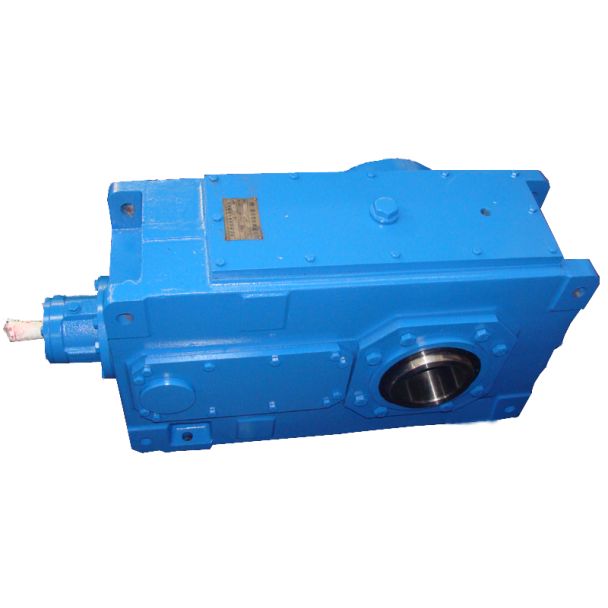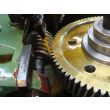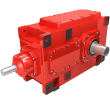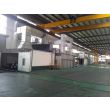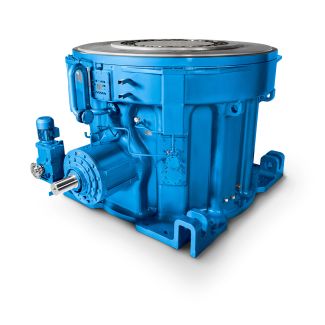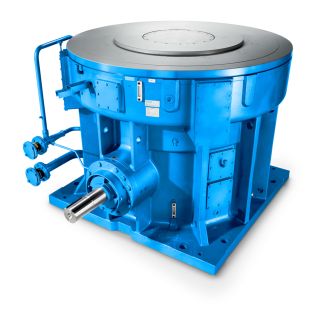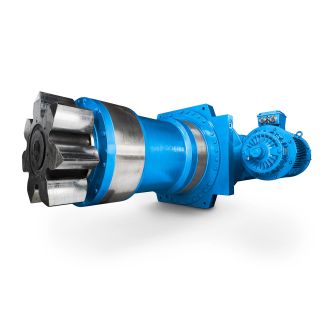Bevel-helical gearbox B4 inth sealTacoLab sealSpecial seals Overview contin B4-DH10-B
In stock
SKU
B4-DH10-B
$21,964.29
Flender/Flender Gear Units/Bevel-helical gearbox B4
ttainable surfacelayer hardness depth. The form of the inductors and their motion relative to theTable 6.2 Thermal and thermo-chemical processes Hardening processes for gear parts Thermal hardening processes Thermo-chemical hardening processes Sectional heating Induction hardening Flame hardening Laser hardening Volume
Hardening processes for gear parts Thermal hardening processes Thermo-chemical hardening processes Sectional heating Induction hardening Flame hardening Laser hardening Volume  heating Quench and temperCase hardening Carbonitriding Nitriding NitrocarburizingBoronising2 6 Manufacturing Process work piece determine the characteristic of the hardened surface
heating Quench and temperCase hardening Carbonitriding Nitriding NitrocarburizingBoronising2 6 Manufacturing Process work piece determine the characteristic of the hardened surface  layer. Processes with short cycle times like, for example, progressive hardening and spin hardening,generate an uneven heat input due to
layer. Processes with short cycle times like, for example, progressive hardening and spin hardening,generate an uneven heat input due to  the shape of the tooth, and hence an uneven hardness in the surface layer. On gears, this leads to risk of overheated teeth at the tip followed by simultaneously inadequate hardening at the bottom of the slot. Thisdifculty can be reduced by the use of specially shaped inductors. 6.3.3.2 Flame Hardening In ame hardening, the energy needed for austenitization is supplied externally to the regions which are to be hardened. Special burner systems are used for this purpose. The necessary high energy density of the ame on the work piece surface and its great directionality during energy input to the work piece set the limits forthe application of this process. If the surface of the work piece is exposed too longto the ame, undesired burning-off will result. If exposure to the ame is too short,the necessary temperatures are not reached. Flame hardening can consequently beused only for low quality standards and shallow hardening depths. 6.3.3.3 Laser and Electron Beam Hardening In laser and electron beam hardening, only spot of the surface is heated. The necessary cooling happens by rapid dissipation of the heat into the work piece (self-quenching). The limitation of this method is the accessibility of the surface to thelaser or electron beam. An evenly hardened layer can be obtained over the entiretooth ank only if the beam hits the surface per
the shape of the tooth, and hence an uneven hardness in the surface layer. On gears, this leads to risk of overheated teeth at the tip followed by simultaneously inadequate hardening at the bottom of the slot. Thisdifculty can be reduced by the use of specially shaped inductors. 6.3.3.2 Flame Hardening In ame hardening, the energy needed for austenitization is supplied externally to the regions which are to be hardened. Special burner systems are used for this purpose. The necessary high energy density of the ame on the work piece surface and its great directionality during energy input to the work piece set the limits forthe application of this process. If the surface of the work piece is exposed too longto the ame, undesired burning-off will result. If exposure to the ame is too short,the necessary temperatures are not reached. Flame hardening can consequently beused only for low quality standards and shallow hardening depths. 6.3.3.3 Laser and Electron Beam Hardening In laser and electron beam hardening, only spot of the surface is heated. The necessary cooling happens by rapid dissipation of the heat into the work piece (self-quenching). The limitation of this method is the accessibility of the surface to thelaser or electron beam. An evenly hardened layer can be obtained over the entiretooth ank only if the beam hits the surface per| Model Type | Bevel-helical gearbox B4 |
|---|---|
| Gear Type | Bevel Helical Gear |
| Weight (kg) | 1025.000000 |
| Ratio Range | 1 : 100…400 |
| Low Speed Output | Hollow shaft with shrink disk |
| Nominal Torque | 44200 Nm |
| Mounting Arrangements | Horizontal mounting position |
| Manufacturer | Flender Limited. |
| Country of Manufacture | Canada |
| Data Sheet & Drawings | Bevel-helical gearbox B4 inth sealTacoLab sealSpecial seals Overview contin B4-DH10-B |
